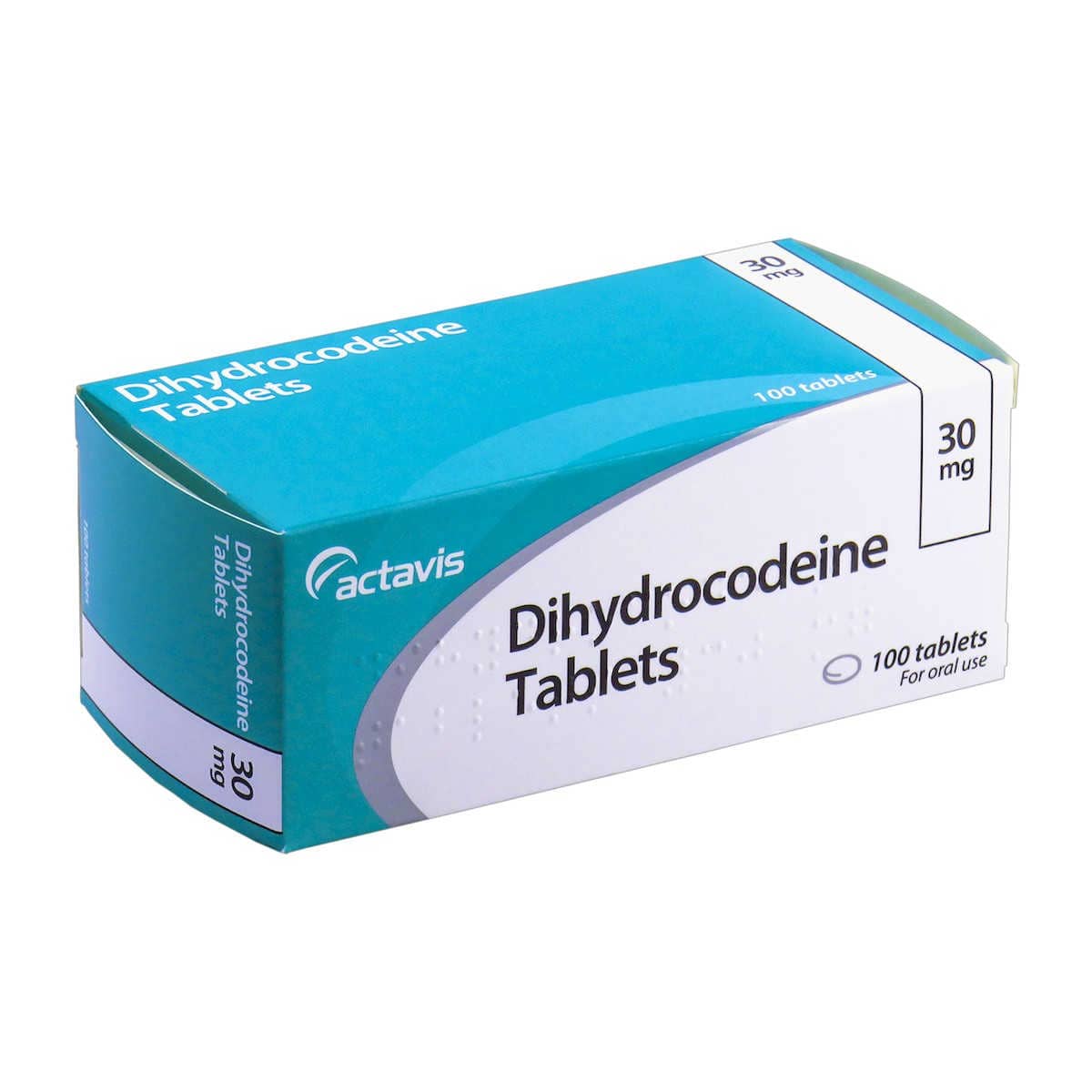Buy Dihydrocodeine
$330.00 – $1,960.00
Qty: 100tabs
About dihydrocodeine
Dihydrocodeine is an opiate painkiller. It’s used to treat moderate to severe pain, such as after an operation or a serious injury.
It’s also used for long-standing pain when weaker painkillers, such as paracetamol, ibuprofen, and aspirin, have not worked.
Dihydrocodeine is only available on prescription. It also comes mixed with paracetamol, this is called co-dydramol.
It comes as standard tablets, slow-release tablets, and as a liquid that you swallow. It can also be given by an injection into the muscle or under the skin. This is usually done in the hospital.
Dihydrocodeine is also known by the brand names DHC Continus and DF118 Forte.
Who can and cannot take it
Adults and children aged 4 years and over can take dihydrocodeine.
Dihydrocodeine is not suitable for some people. Tell a doctor before taking the medicine if you:
- have ever had an allergic reaction to dihydrocodeine or any other medicine
- have any stomach problems, such as irritable bowel syndrome (IBS) or Crohn’s disease, or if you’re taking medicines for these conditions
- have lung problems, asthma, or breathing difficulties
- have a head injury or a condition that causes seizures or fits
- have an underactive thyroid gland (hypothyroidism)
- have an addiction to alcohol
- take any other painkillers (including those you buy from a pharmacy or supermarket)
- have liver or kidney problems
- have myasthenia gravis, a rare illness that causes muscle weakness
- are trying to become pregnant, are already pregnant, or are breastfeeding
- are under 18 years and have had your tonsils or adenoids taken out to treat obstructive sleep apnoea
- have a rare condition causing problems with galactose intolerance
How and when to take it
It’s important to take dihydrocodeine as your doctor has asked you to. This is particularly important because dihydrocodeine can be addictive.
Swallow the tablets whole with water. It’s best to take them with you or soon after a meal or snack.
How much will I take?
Dihydrocodeine tablets come in 5 different strengths. The tablets contain 30mg, 40mg, 60mg, 90mg or 120mg of dihydrocodeine.
How often you take your tablets will depend on your strength.
Immediate-release tablets
The usual dose for adults and children aged 12 years and over is:
- 30mg tablet – 1 tablet every 4 to 6 hours – maximum dose in 24 hours is 6 tablets (180mg)
- 40mg tablet – 1 or 2 tablets up to 3 times in 24 hours – maximum dose in 24 hours is 6 tablets (240mg)
Slow-release tablets
The usual dose for adults and children aged 12 years and over is:
- 60mg, 90mg, or 120mg tablets – 1 tablet taken every 12 hours
The tablets contain 60mg, 90mg, or 120mg of dihydrocodeine. The usual dose is between 60mg and 120mg, taken twice a day.
| Select Mg | 30mg, 60mg, 90mg, 120mg |
|---|---|
| Qty | 100tabs |
Be the first to review “Buy Dihydrocodeine” Cancel reply
Related products
PAINKILLERS












Reviews
There are no reviews yet.